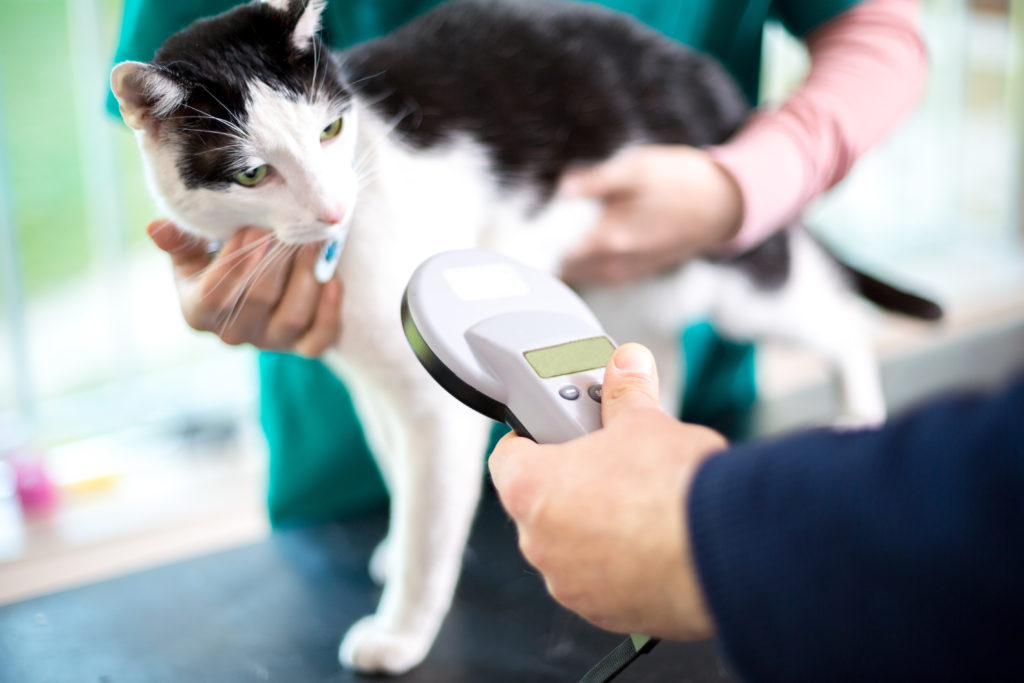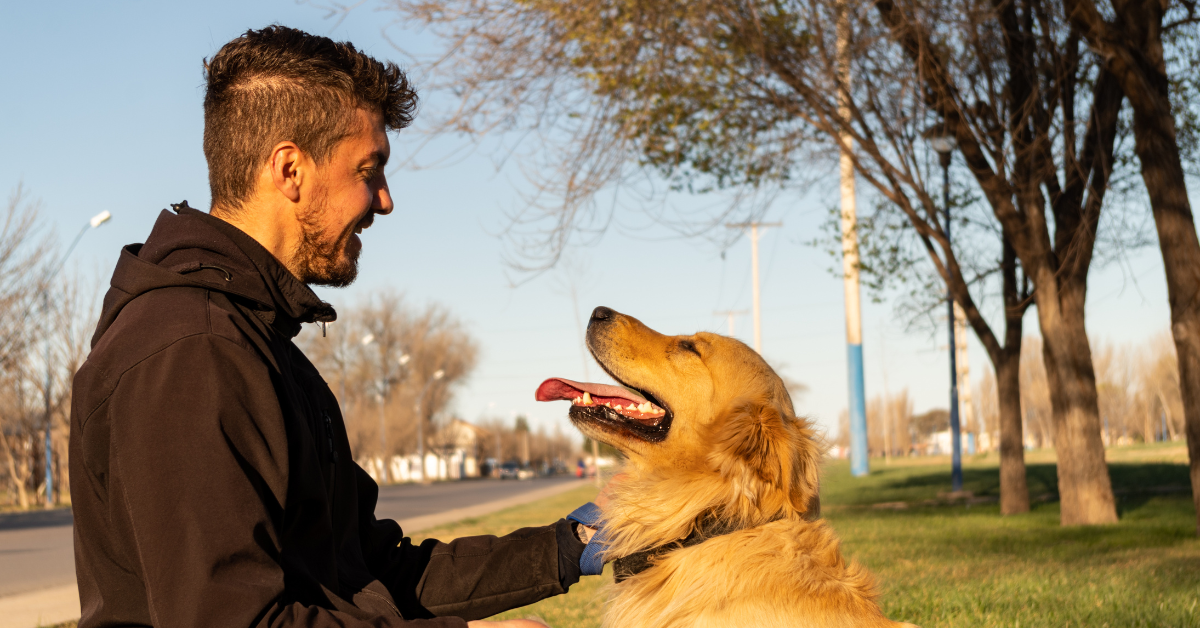
In the chaos of moving from a house in the suburbs to a condo in the city, I missed one very important step. In the hundreds of updates, decisions, and changes that relocating can involve, I had forgotten microchipping. I hadn’t updated the contact information registered to my dog’s microchip.
When adopting from a shelter, microchipping is a given in most instances. However, if you haven’t microchipped your pet you might want to consider doing so. It is a great way to ensure identification of your pet in the event a collar breaks, your pet panics and runs away during fireworks, or if your pet is lost during a natural disaster.
Most shelters and veterinarian offices have a universal scanning tool to check a pet so that they can find information on the owner. Which means, like myself, you need to remember to update the data when you change addresses or phone numbers.
According to the Blum Animal Hospital in Chicago, the microchip generally has a 25-year life span, so once your pet is microchipped it is normally good for their entire life. While microchipping is a personal decision, Blum points out that only 22 percent of non-chipped dogs make it back to their owners, and even fewer non-chipped cats find their way home.
While there are no guarantees, a microchip can be another tool in your kit to help keep your pet protected and more likely to be returned to you in the event they get lost. Reach out to your veterinarian for specific questions on microchipping options and whether it is the right choice for you and your pets.
Other Recent Blog POsts

Celebrating The Original Floofins’ Sweet 16
July 24, 2024
Emergency Planning for Your Home & Pet
July 18, 2024
Beyond the Blurry Phone Pic: Schedule Professional Pet Photos Instead
July 10, 2024
Keeping Chicago Pets Safe on the Fourth of July
July 1, 2024
Why Floofins & Co. Leads the Pack
June 26, 2024
